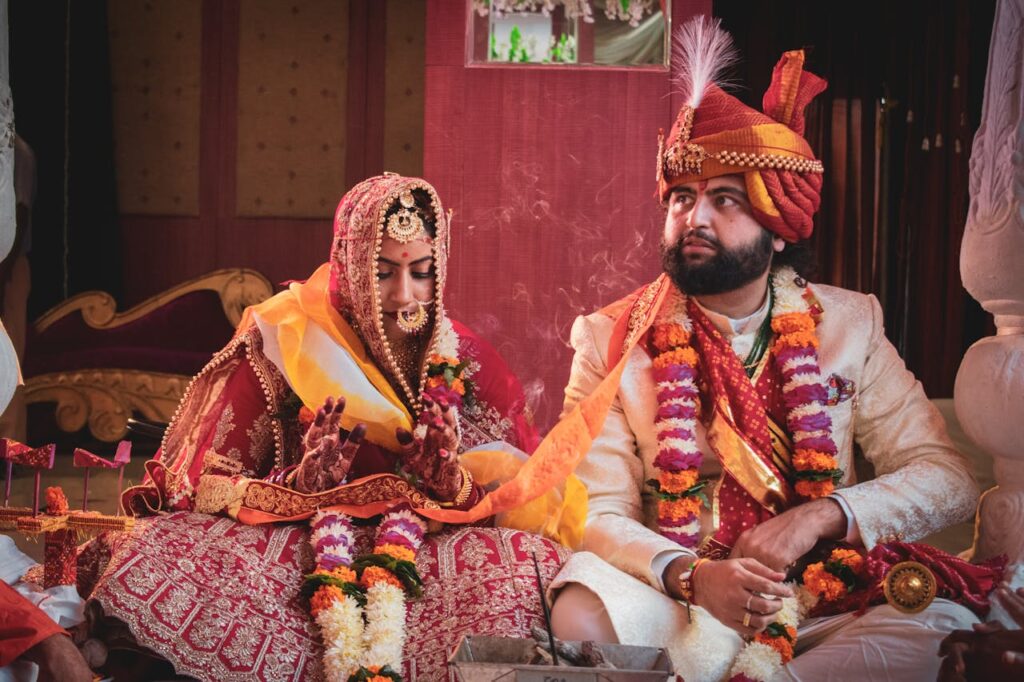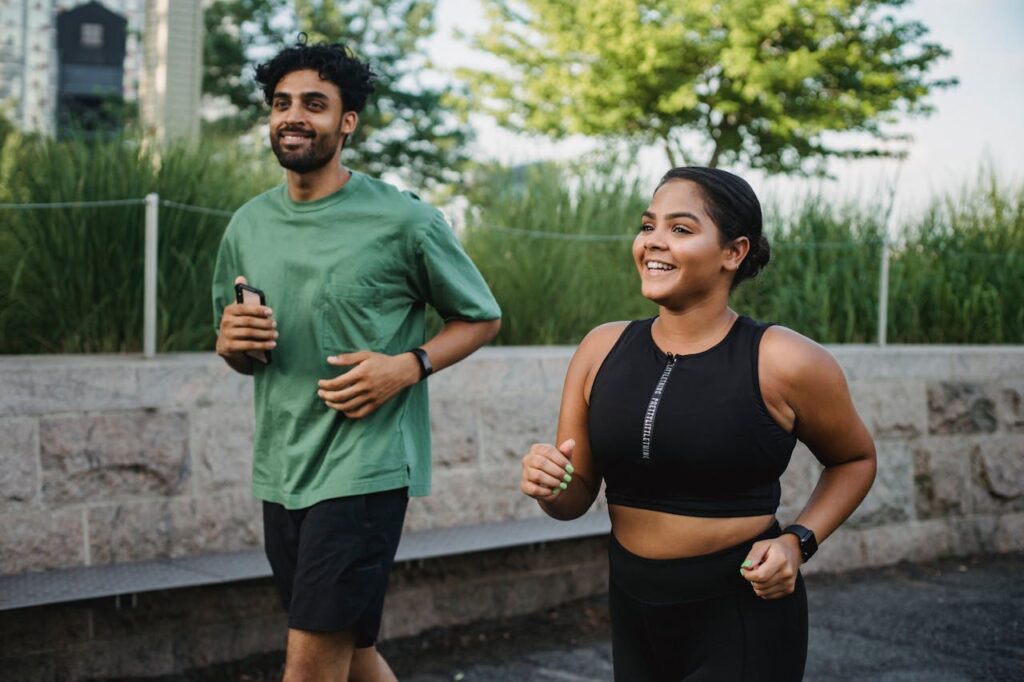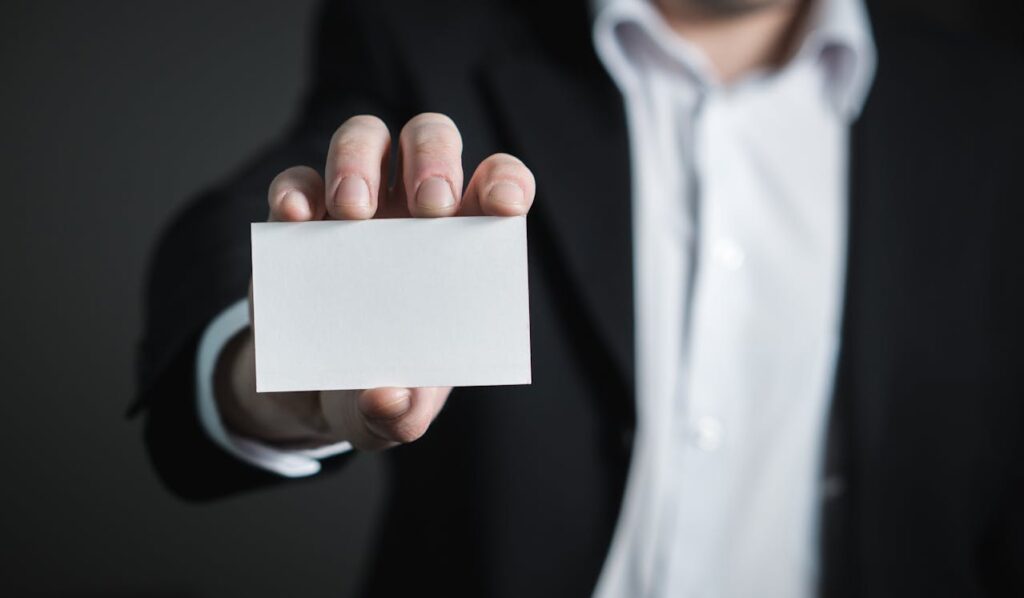Colors and Outfit Options for Photoshoots
Choosing the right colors and outfits for a photoshoot is crucial to ensure you look your best on camera. The good Colors and outfit Options for photoshoots. Here are some detailed recommendations on colors and outfit options that will enhance your appearance and make your photoshoot successfull Colors 1. Solid Colors: Solid colors are a safe and effective choice for photoshoots. They create a clean and cohesive look, allowing you to stand out without distractions. Neutrals: Colors like white, black, gray, and beige are timeless and elegant. White can give a crisp, clean look, black is slimming and sophisticated, gray is versatile and understated, while beige adds warmth without overpowering. Rich, Deep Colors: Burgundy, navy, emerald green, and royal blue are excellent choices for adding a touch of sophistication. These colors are vibrant yet not too overpowering, making them perfect for standing out in photos. Pastels: Soft shades such as pink, lavender, mint green, and baby blue offer a fresh and delicate appearance. Pastels are especially suitable for outdoor shoots or softer, more whimsical themes. 2. Avoid Bright Neon Colors: Neon colors can be harsh and might not translate well on camera. Colors and Outfit Options for Photoshoots .They can reflect too much light and create unwanted color casts on your skin. Stick to more muted and rich tones for a more flattering effect. 3. Complementary Colors: Choose colors that complement your skin tone and the setting of the photoshoot. Warm skin tones often look best in earthy colors like brown, yellow, orange, and warm greens. Cool skin tones are flattered by jewel tones like sapphire, ruby, and emerald, as well as cool shades of blue, green, and purple. Outfit Options 1. Casual Look: For Women: Consider a nice blouse or a fitted top with jeans or a skirt. Add a stylish jacket or a cardigan to enhance the look. Accessories like a statement necklace or a scarf can add a touch of personality. For Men: A well-fitted t-shirt or button-down shirt with jeans or chinos works well. Layering with a casual jacket or sweater can add depth to the outfit. 2. Formal Look: Formal attire can convey professionalism and elegance. For Women: A well-tailored dress or a blouse with a pencil skirt or tailored pants looks polished. Pair with elegant heels and minimalistic jewelry to complete the look. For Men: A suit or a blazer with dress pants and a crisp shirt is a classic choice. Colors and Outfit Options for Photoshoots Ties can add a polished touch, but ensure it complements the rest of the outfit. 3. Business Casual: Business casual is perfect for professional yet approachable looks. For Women: A blazer with a blouse and tailored pants or a skirt offers a professional appearance without being overly formal.Neutral colors or subtle patterns work best. For Men: A button-down shirt with chinos or dress pants, with or without a blazer, strikes the right balance between formal and casual. Opt for classic colors like navy, gray, or beige. 4. Trendy Look: Showcase your personal style with trendy outfits. For Women: Jumpsuits or coordinated sets are stylish and contemporary. Accessories like statement earrings, belts, or fashionable bags can enhance the look. Play with textures and patterns, but keep them subtle to avoid overwhelming the camera. For Men: Modern, slim-fit clothes with interesting textures or subtle patterns can create a trendy look. Consider pieces like tailored joggers, bomber jackets, or stylish sneakers to add a contemporary touch. Additional Tips 1. Fit: Ensure your clothes fit well and are comfortable. Ill-fitting clothes can be unflattering and uncomfortable, affecting your confidence and appearance on camera. 2. Layers: Layers can add depth and interest to your outfit. A jacket, cardigan, or scarf can make a simple outfit more dynamic and visually appealing. 3. Minimal Patterns: If you choose patterns, opt for subtle ones. Large or busy patterns can be distracting and might not photograph well. Small, simple patterns like pinstripes or polka dots can add visual interest without overwhelming. 4. Accessories: Use accessories to add a personal touch, but don’t overdo it. Too many accessories can be distracting. Choose a few key pieces that complement your outfit and enhance your overall look. 5. Shoes: Make sure your shoes are clean and match the formality of your outfit. The right shoes can complete your look and add an extra touch of style. Consider the Setting Outdoor: Earthy tones and natural colors work well in outdoor settings. Consider the backdrop and lighting to choose colors that will stand out against the environment.Colors and Outfit Options for Photoshoots. Studio: In a controlled studio environment, you can be more experimental with colors since lighting and background can be adjusted. Bold colors and interesting textures can create striking visuals in a studio setting.



